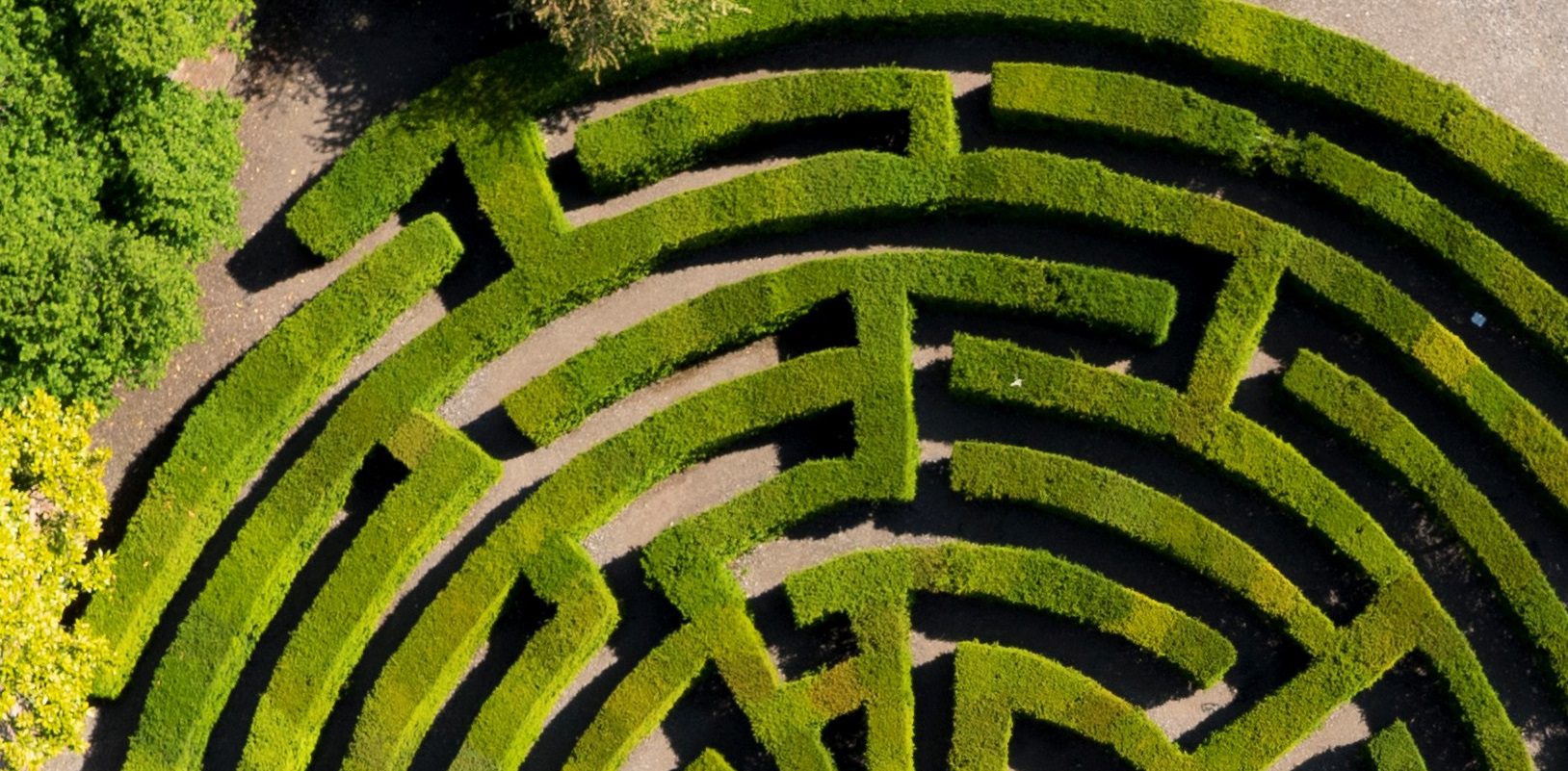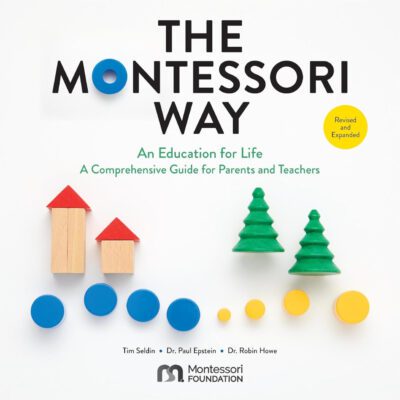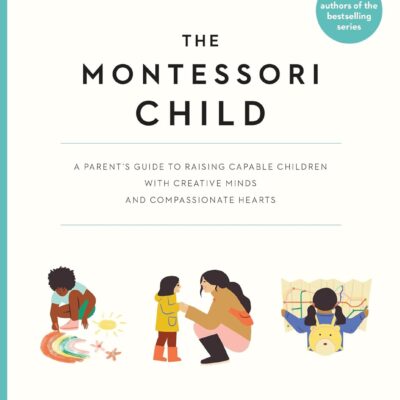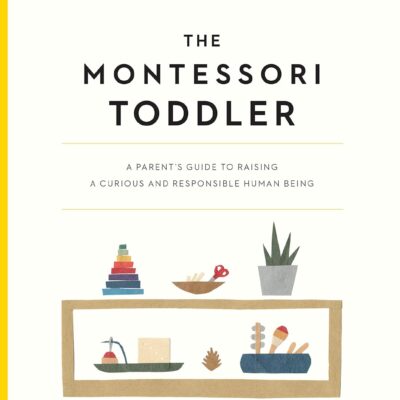
How Do Families Choose the Right Montessori School for Their Children?
In many areas of the US, today’s families have a choice when it comes to picking a Montessori school for their children: Private/Independent; Public/Charter; Parochial; Preschool; Elementary; Secondary; International Baccalaureate (IB); Accredited/Non-Accredited. What does it all mean?
The first thing to remember is that Montessori was the name of a person — Dr. Maria Montessori, Italy’s first female physician. It is a name given to a community of schools found across the US and Canada and in virtually every country in the world. What it is not is a franchise. Each school has a distinct personality, and although differences may seem significant at first glance, authentic Montessori schools follow the principles of Montessori education and have more commonalities than differences.
What makes a school Montessori is not the name or the word alone (many Montessori schools do not use ‘Montessori’ in the name of their school) but rather three main components:
- Each class is led by a formally trained and certified Montessori educator. This training, typically offered at the college-graduate level, involves more than a year or of specialized teacher education and a supervised student-teacher internship experience.
- Each class has the complete set of Montessori educational materials appropriate for children of the classroom’s age group.
- The class is organized and run according to basic principles that make a program Montessori instead of something else, which includes three-year, multi-age groupings.
Independent vs. Public Schools
Using US terminology, all independent schools are non-public, which means that they are not owned or operated by a state government. All private schools are independent in the sense that they have the freedom to organize their educational programs and build a faculty based on the principles that are the foundation and guidelines of the approach they embrace.
Public schools must follow a state-issued mandate. They are funded through taxation, and parents do not pay to have their children attend. Private schools, on the other hand, have more freedom to develop their own program and select families whose philosophy matches the school’s approach. These programs, whether or not they are for profit or non-profit, rely on the marketplace and the ultimate test is whether or not parents are willing to pay for their children to attend.
Montessori schools can be small or large. Some focus on a limited age range; others run from toddlers thru eighth or twelfth grade. Some schools will be using space leased from a church, synagogue or mosque. Some will have a few acres or some will have vast campuses. The quality of the program, in general, is not connected to how large or fancy the facility is. It can really be found in the nature of relationships among parents, teachers, and children. A great Montessori school is a real community.
Another difference can be its ownership. Some schools are owned by an individual family or the partnership of a couple of people who joined together to organize a new school (small groups for profit). Others will be nonprofit, run by a head of school and governed by a volunteer board of trustees. Some will be public schools run by the school district or charter Montessori schools, which are private schools serving through a charter as public schools.
The Educational Marketplace: Why Choose an Independent School
The most basic premise is that parents and schools choose each other and tend to do so very carefully. Each private school operates in an educational market place and succeeds only by establishing and serving a special niche in its community.
One of the reasons that parents turn to the private sector is that they know that their children will not be only a number among many. In addition, families often feel more comfortable with other school families that will be committed to their children’s education and share many of their same values. The reason why they do this is that they are looking for something that isn’t offered in the local schools, which is why for the last hundred years plus, almost all Montessori schools have been independent. With public funding comes public control. There is obviously a marvelous case for free public Montessori education. What’s not so obvious is the important role that independent schools play in developing innovation, offering families real alternatives and providing their students with an extraordinary level of attention and support.
The term parochial school tends to be limited to schools run by the Catholic church. Jewish, Islamic, and Christian Montessori schools also operate schools of their own with the goal of providing an education grounded in their faith. Independent schools are, by definition, not affiliated with any religious organization.
Finally, Montessori schools, like Waldorf, Regio Amelio, and other innovative schools offer a distinctly different educational program and philosophy. In the private school sector, some are run under the sponsorship of a faith. Most are independent. In the public sector, Montessori schools offer a public school program that meets the requirements and expectations of the state’s department of education in a way that is inspired by Montessori. Each school needs to be looked at individually to determine what is the best match for your family.
If this is your child’s first year in Montessori …
Most children begin their Montessori education in the 3-6 (Primary) classroom. If you are new to Montessori, perhaps the most obvious difference you will notice in a Montessori classroom is the role of the teachers (sometimes referred to as guides). Teachers are not the center of attention in the classroom, which doesn’t mean that they are not teaching. Rarely will teachers gather a group of children together to give them a lesson. In fact, children will tend to work alone or with other children more often than you’ll see them in a large or small group or with an adult. This is perfectly normal and consistent with the way children learn best.
Do not expect to be able to compare your children with their classmates. In this age when everyone is so concerned about grade levels and standards, Montessori has a decidedly different perspective. Our objective tends to be in opposition to the fundamental objectives that created and supported the traditional school systems from which most of us graduated. Our position is that the education with which we are most familiar were designed to assimilate large numbers of children from other countries and rural communities into a government-designed mindset of what was most needed in the 1900s: passive, Americanized, factory works, who knew the right answers and were not encouraged to think independently. Although the times have changed, for most children, the educational approach has not.
At the heart of Montessori education is the fundamental belief that no two children are the same; they learn at different paces and in different ways. When children are truly interested and have a choice, they tend to learn and retain much more. They do not just study for an exam, only to have the information fade away once the exam is passed.
For this reason, Montessori teachers tend to be guides and sources of inspiration. You might even refer to them as mentors and tutors. The whole secret of Montessori is that it tends to inspire in children a sense of their ownership of what they are learning in school. This assumption that children are born bright, curious, and capable tends to focus on what children are good at, while quietly working to strengthen other areas of learning that may not come as easily. Montessori focuses on the positive not the negative.
You will not see Montessori teachers hugging kids, saying “Good job.” There is a genuine sense of ownership among the children that this is their ‘house’ and this is their work. Montessori children do not work in order to achieve attention from adults. We want them to feel as partners, leaders in their classroom.
Another thing you’ll notice is that the children will tend to learn more from each other even more than from adults. This is not unique to Montessori. It is the way children have learned throughout history.
Curriculum
There is an extensive and well-defined Montessori curriculum for children from infancy through age 12. We call this Scope and Sequence, and it is way for teachers and parents to track lessons, the use of materials, and the progress of students. It constitutes about 400 printed pages and many schools are using the interactive digital version to manage classwork and communicate with parents. For schools that are interested in this tool, it is available through The Montessori Foundation (www.montessori.org). If your school has a copy, you may want to take a look. Be warned, though, it is not an easy read. What you will see is how a lesson is presented, the materials used, the age of the child when it is first presented, and how the lesson expands and transitions over the years from concrete hands-on manipulation of materials to sophisticated levels of abstraction
For those of you who are new to Montessori, your child is most likely in the Primary division. Another big difference you will notice in the 3-6 classroom is the absence of toys. You may have heard that Montessori places very little emphasis on fantasy. This is true; however, it is not that we think that fantasy has no value. We just don’t think children need any help with it. The fantasy life of young children tends to be quite rich without any help from us. Children don’t need to be taught to use their imagination. We believe that children under the age of six, in particular, are in a process of rapid brain development, which will happen naturally if they are exposed to the right stimulation. The Montessori program is designed to provide just that.
The stimulation that young children need is very different from what most people think of as formal education. Instead of listening to teachers talk, working in workbooks, or reading from a text, what they need is direct experience with real things. Very young children develop what you might think of as fundamental skills that will help them learn how to learn: development of an inner sense of order; an acute ability to observe things around them; development of the ability to voluntarily concentrate; development of strong eye-hand and large-muscle coordination and balance; and the development of a strong sense of independence and self-confidence.
To the casual observer, Montessori curriculum for children under the age of five may look like it’s focused on working with simple everyday tasks, such as sweeping, mopping, cleaning windows, etc. or with solving puzzles; however the underlying objections are much more complex and serve as the foundation for:
- the development of vocabulary;
- the development of an ability to problem solve, developing and implementing plans in organized ways, honing their eye-hand coordination and fine-motor skills; and
- the development of observation skills (especially in the area of sensorial activities that involve acute attention to the discrimination of physical characteristics).
Experiences like this tend to lead children to an increased ability to learn new things for the rest of their lives.
As you become more accustomed to the Montessori classroom, you will notice that although the room is organized into different areas of interest, they are all inter-related. Most of what the children do shows how everything is connected to everything else. For example, lessons in geometry are also lessons in logic, artistic design, fine-motor control, vocabulary, mathematics, and so on.
Even though there is probably a classroom schedule posted, parents will find that for the most part, the students set their own schedule, especially during the morning work cycle (lasting from two to three hours).
If you observe a classroom on different days, you will notice that on some days, your children will tend to move from one activity to another, while, on other days, they will remain focused for very long periods of time on a single activity. This is how children develop the ability to voluntarily choose work, follow through, and concentrate.
You might notice that children go through phases, where they are fascinated by certain things. They may not be able to put it into words, but you will probably start hearing about puzzle maps, the Moveable Alphabet, and Metal Insets. This tendency to zero in on something, generated by the child’s own interest, is a very good thing. Parents may be worried that he’s not getting a balanced education; however, he’s learning everything about something that is his voluntary choice.
How will I know if Montessori is working for my child?
First, it’s likely that teachers will send home portfolios of paintings, papers that your child has created during the week. [Editor’s Note: Don’t be surprised if you see many, many variations of geometric drawings. Once children discover the metal insets, they love to practice fine-motor skills in every color! So many colors. I could have wallpapered my kitchen with triangles when my children were young.]
Many schools are now beginning to send out information by email. This may include videos, pictures of work, letters to the whole class, letters to you as a parent. Watch your email.
Don’t ask: What did you do in school today? Be specific. Ask: Did you work with the Pink Tower (learning the names of materials will help). Attend parent education nights and class meetings. Set up a time to observe in the classroom.
We hope that by the time you are reading this article, your children have settled into their Montessori classrooms and look forward to each new school day. If you would like to know more about Montessori, and we certainly encourage you to do so, there are many ways to become more familiar with the Montessori Method.
In addition to reading Tomorrow’s Child, there are a number of books and materials that you might find interesting and helpful. These include:
Montessori 101: A Guided Tour of the Montessori Classroom, The Montessori Foundation
How to Raise an Amazing Child: The Montessori Way, Tim Seldin
The Montessori Way, Tim Seldin and Paul Epstein, Ph.D.
Montessori Madness, Trevor Eissler
Understanding Montessori, Maren Schmidt
Montessori: A Modern Approach, Angelina Stoll-Lillard
All of these, and many more, are available online through the Montessori.org store (www.montessori.org).








